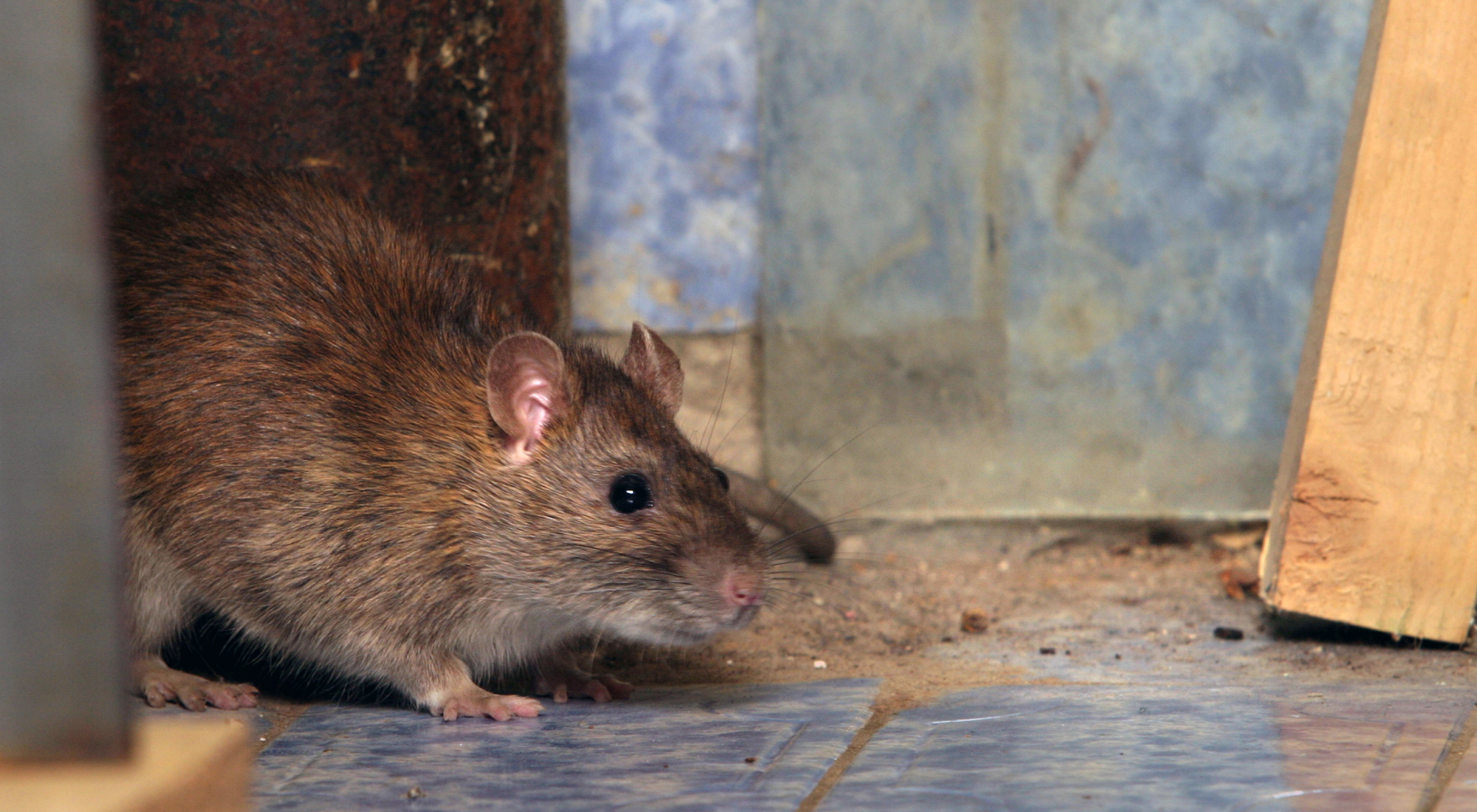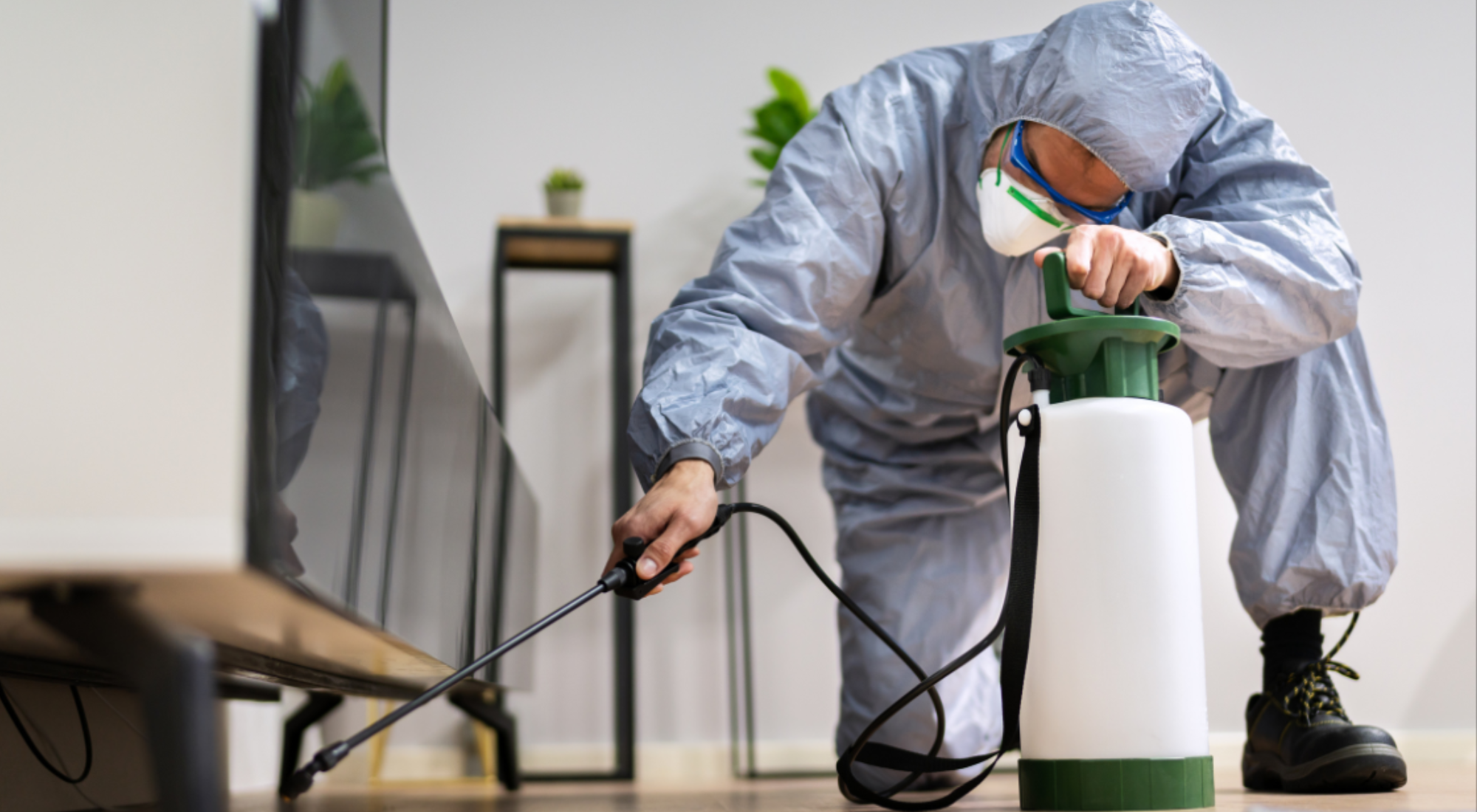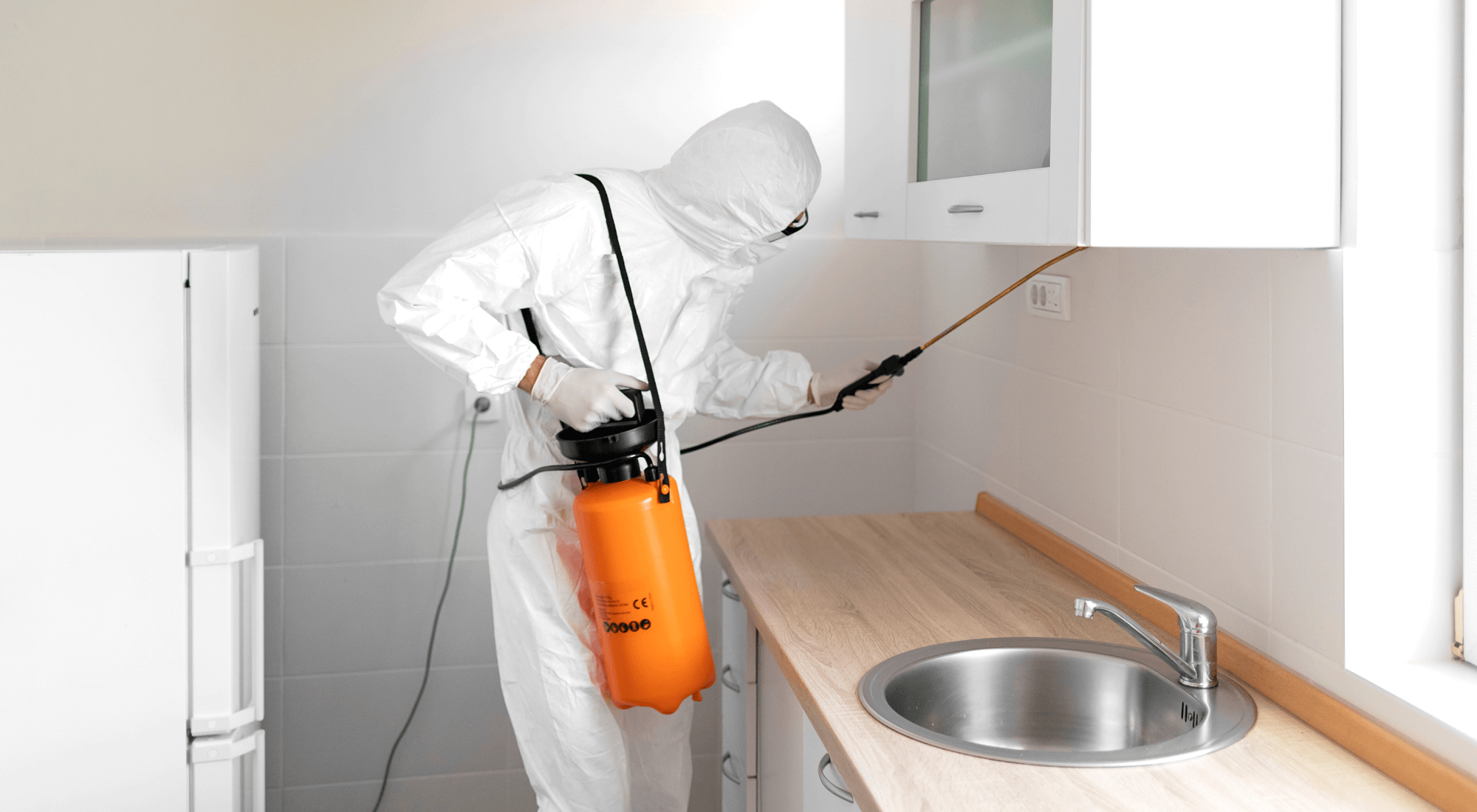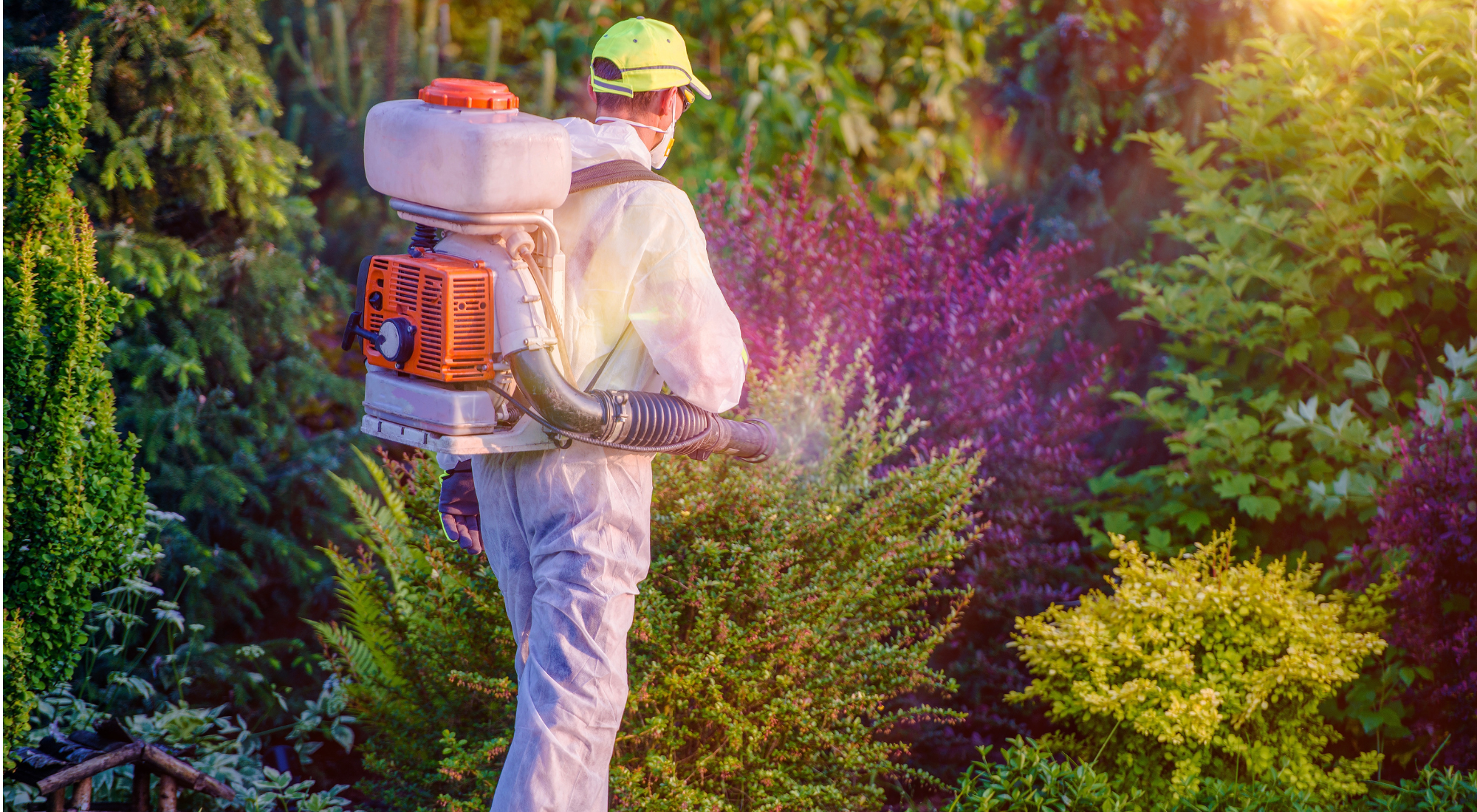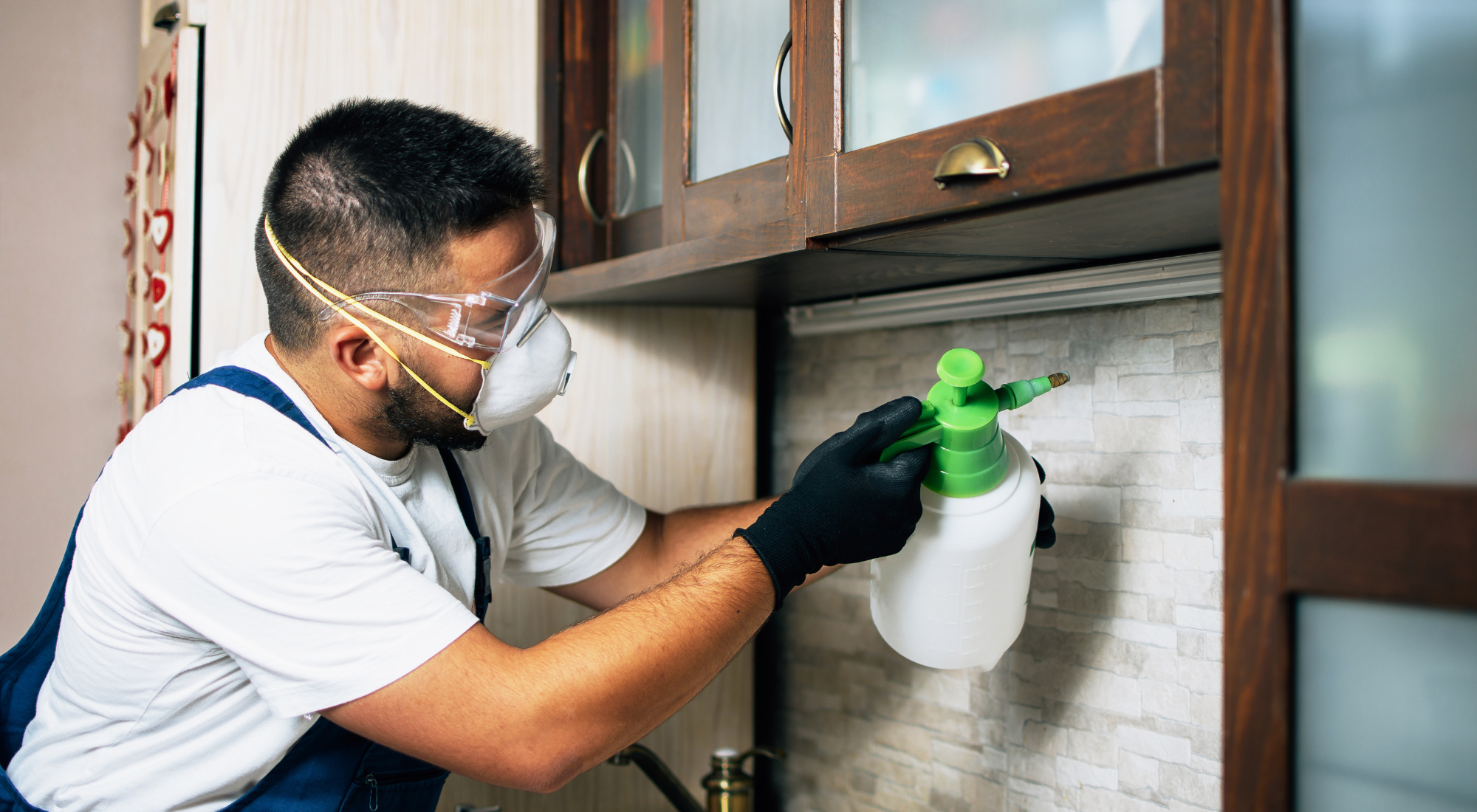Stinging insects like wasps, bees, and hornets are more than just nuisances—they can pose real threats to health and safety, particularly for individuals who are allergic to their venom. These insects often build nests near homes, gardens, and even commercial properties, making professional intervention crucial. Understanding the safe removal of stinging insects is key to minimizing risk and ensuring both human safety and environmental protection.
Proper identification is the first step in dealing with any infestation. While all three—wasps, bees, and hornets—belong to the Hymenoptera order, they differ in appearance, behaviour, and nesting habits.
Knowing which insect you're dealing with allows for a more effective and appropriate response strategy.
Attempting to remove a nest without proper knowledge can be dangerous. Stinging insects may swarm and attack when their nest is disturbed, leading to painful or even life-threatening stings.
Here are the best practices to ensure safe removal:
For bees, consider contacting a local beekeeper. Many beekeepers will relocate the hive rather than destroy it, which is ideal for preserving these vital pollinators.
The safe removal of stinging insects is not just about elimination—it’s also about prevention and humane practices.
If you notice frequent insect activity around your property or discover a nest in a difficult-to-reach location, it’s best to contact a pest control expert. Professionals can assess the severity of the infestation, identify the species, and use targeted treatments to remove the insects safely and efficiently.
For effective and eco-conscious solutions, trust Forbearance Pest Control. Their licensed team specializes in the safe removal of stinging insects, offering fast, secure, and reliable services for homes and businesses. Whether it's a wasp nest under the eaves or a hornet colony near your shed, they have the tools and expertise to handle it properly, ensuring peace of mind for you and safety for your environment.
